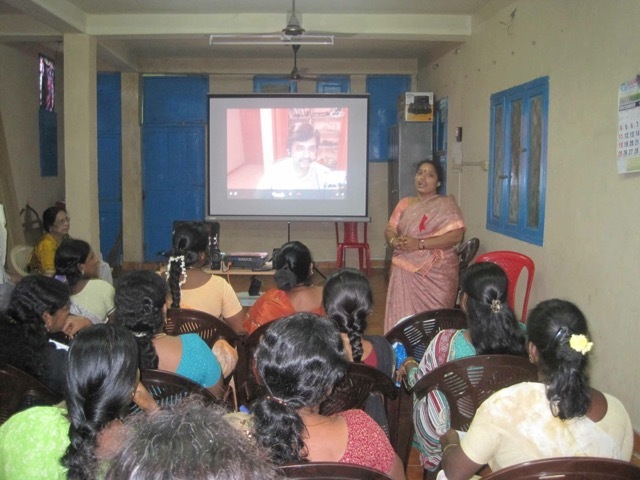Teaching the Poor to be Better Customers: Marketplace literacy is the missing piece in the poverty fight
It is a common belief among economic development professionals that the way to lift the very poor out of poverty is to give them the tools and resources they need to engage with the market and “help themselves,” so to speak.
Previous work has focused on two key elements of development efforts among the poor – financial resources (such as microfinancing) and market access. But those efforts have long missed the third key element: marketplace literacy.
The idea behind marketplace literacy is to help those living in subsistence to become better customers and, ultimately, better entrepreneurs. Many are surprised to find out that those two goals are two sides of the same marketplace coin.
In the U.S., many take for granted that they understand the market because they grew up with it. But in the developing world, the poorest people don’t interact with the mainstream market or mainstream institutions, like banks. Instead they often operate within informal markets, relying on social networks and the services of individuals to buy and sell what they need. Their understanding of investment, value creation and value exchange is minimal. And that knowledge gap results in lost wages and limited opportunity to lift themselves out of poverty.
Marketplace literacy is about filling that gap.
How to Fill the Gap
In order to be marketplace literate, people must understand the core concept of value. That’s an easier proposition in the developed world, where people are accustomed to abstract thinking. It’s much harder in, say, subsistence-level India or Tanzania. Marketplace literacy efforts must focus on helping the poor to consider the opportunity costs (money, time and effort) of buying a product or service in order to accurately gauge its value.
Through the Marketplace Literacy Project, which was created more than 10 years ago, we’ve created a model that helps achieve those exact goals. Individuals who complete our marketplace literacy program learn tangible skills that will help them become savvier in navigating the market, such as purchase planning, pooling resources to buy wholesale and vendor switching. Those skills are codified through role-playing activities, like simulated shopping experiences that mimic the various day-to-day pitfalls while shopping. Almost universally, participants save money as customers typically ranging from 500 to even 2,000 rupees each month and seek out and obtain better quality products (such as medicine that has not gone past the expiry date). About 20-25 percent of participants start or expand an income-generating activity.
But in a place like northern Tanzania, for example, where the nomadic Maasai people live, even the concept of money is foreign. Marketplace efforts there must start at the most basic level – focusing simply on how to be a customer and interact with sellers.

Above: A Marketplace Literacy Project session in southern India.
Know Why
The best marketplace literacy efforts focus on what we call the “know why.” Know why is about understanding the why behind marketplace behavior: why someone would choose a particular enterprise; why they should strive for customer value; and why they should balance short-term consumption with long-term resource needs. The deepest kind of marketplace literacy requires one to understand the motivations and reasoning behind customer and seller behavior.
Know why is absolutely critical for entrepreneurs – a role that many living in subsistence are forced into as a means of survival. For instance, many women in the developing world turn to cooking as a means of income, considering that they already have the needed skills growing up. But they lack the abstract knowledge for promoting their service, managing food inventory, identifying an optimal location, or perhaps most importantly, seeking other income-generating opportunities. If they can be equipped with know why – the ability to think in the abstract about the market – they can start to solve those problems and improve their outlook.
Of course, marketplace literacy is just one piece of the puzzle. For optimal impact, marketplace literacy efforts should be coupled with efforts to increase financial resources and market access. If we want to support the global poor to work their way out of poverty, we need to equip them with the critical know why to do so. And that starts with helping them to become better customers and entrepreneurs.
Madhu Viswanathan is the Diane and Steven N. Miller professor at the University of Illinois College of Business, and the founder and director of the Marketplace Literacy Project.
- Categories
- Uncategorized
